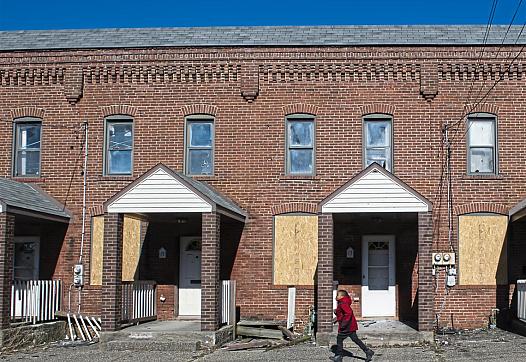
The share of children in Pennsylvania living in high-poverty neighborhoods has been steadily growing, according to new data released Monday by The Annie E. Casey Foundation as part of its annual “Kids Count” state-by-state review.

The share of children in Pennsylvania living in high-poverty neighborhoods has been steadily growing, according to new data released Monday by The Annie E. Casey Foundation as part of its annual “Kids Count” state-by-state review.
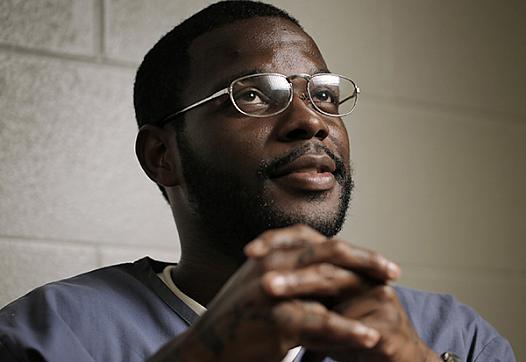
A journalist decided to write letters to 103 young people serving sentences in Florida prisons for murders. Could their stories shed light on what made Duval County Florida's "murder capital"?
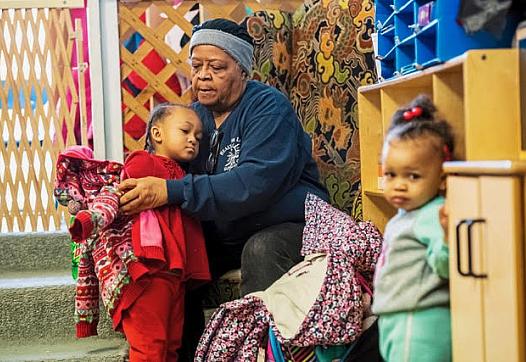
Some life journeys start at a good day care center and end at the heights of academia. Some journalistic journeys go the other way.
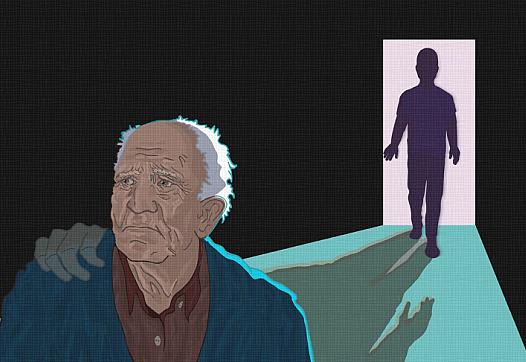
Taking financial, emotional and physical abuse together, allegations of mistreatment have more than doubled in L.A. and Riverside counties since 2005. In Orange and Ventura counties, that number has nearly tripled over the same time period.
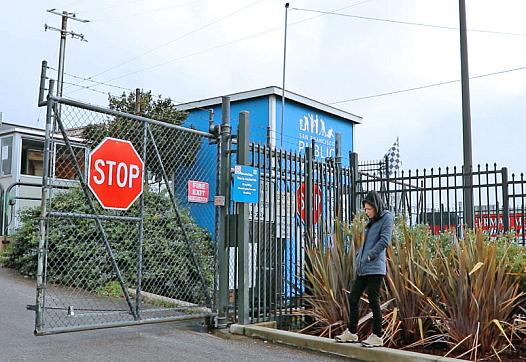
People’s bags seized during encampment sweeps have been thrown out or gone missing, resulting in the permanent loss of medication, family heirlooms, and shelter.
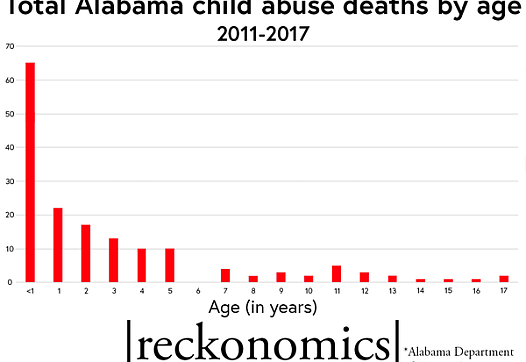
While child abuse and neglect take different forms, more than half of Alabama’s child abuse and neglect victims – 52 percent – experience physical abuse.

When people talk about our county, they often talk about vineyards, fine dining and upscale hotels. But that's not the reality for many of us who call the Napa Valley home.
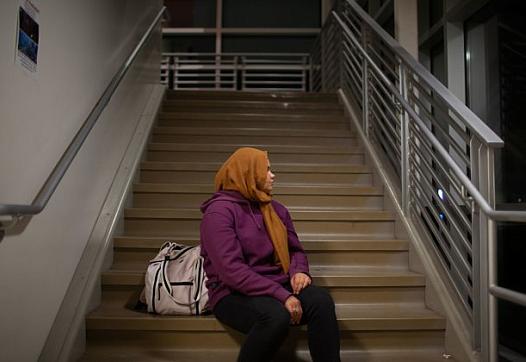
This story was produced as part of a larger project led by Deidre McPhillips, a participant in the USC Center for Health Journalism's 2018 Data Fellowship.
Other stories in this series include:

Support for Curcio’s reporting on this project also came from the Fund for Journalism on Child Well-Being, a program of the USC Annenberg Center for Health Journalism at the University of Southern California.
Other stories in this series include:
Support for Curcio’s reporting on this project also came from the Fund for Journalism on Child Well-Being, a program of the USC Annenberg Center for Health Journalism at the University of Southern California.
Other stories in this series include: